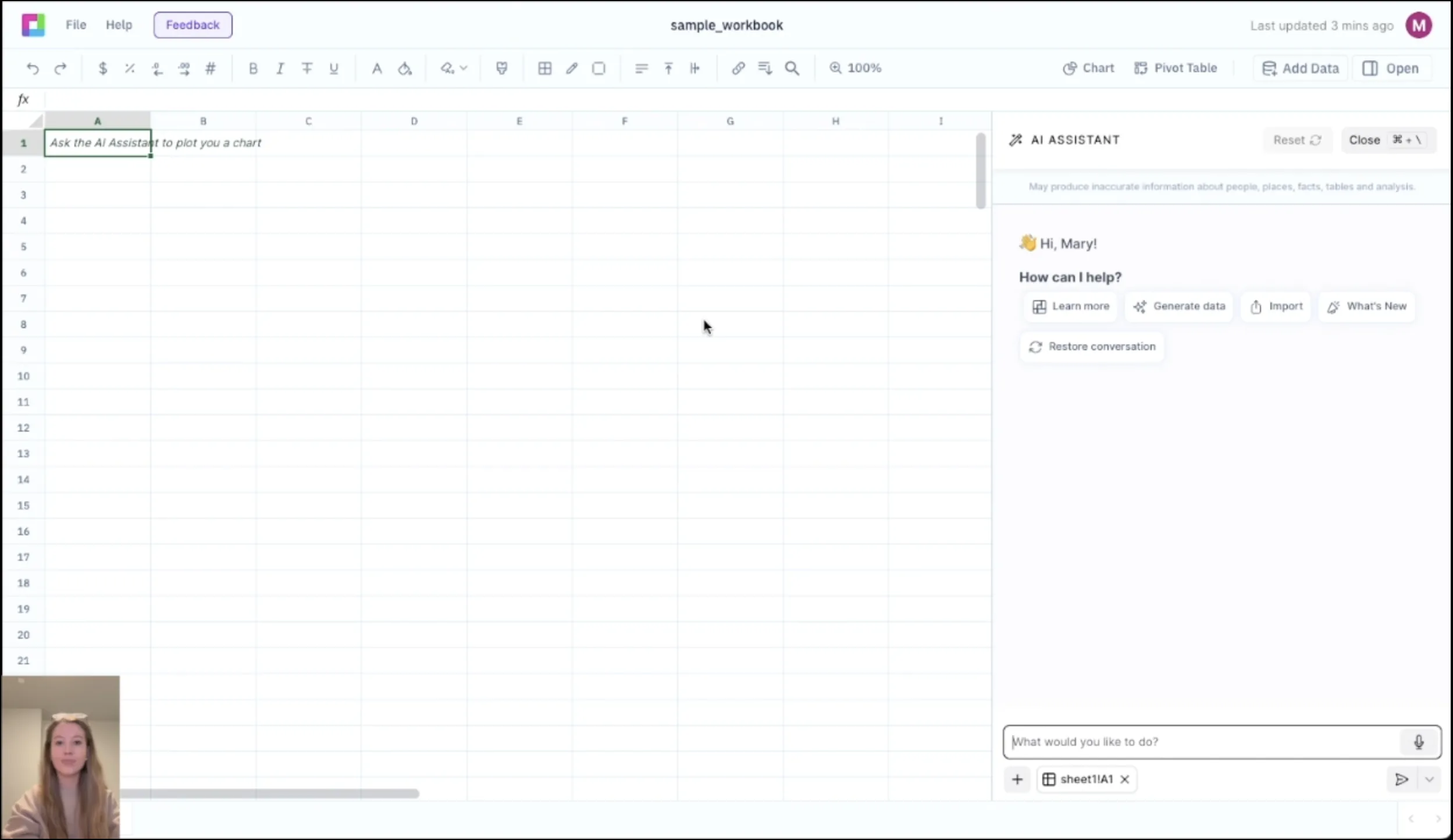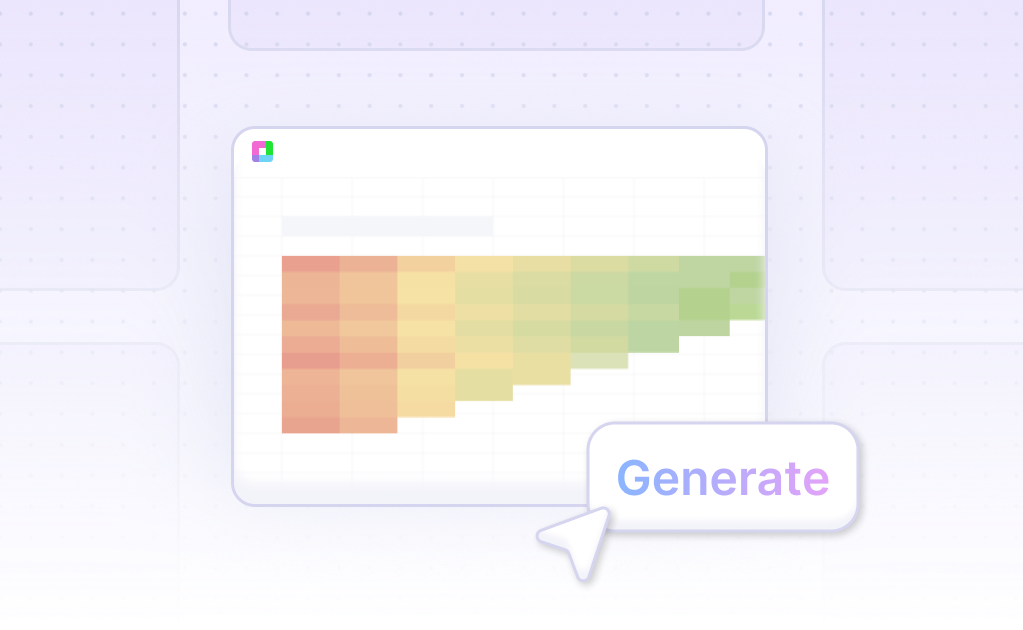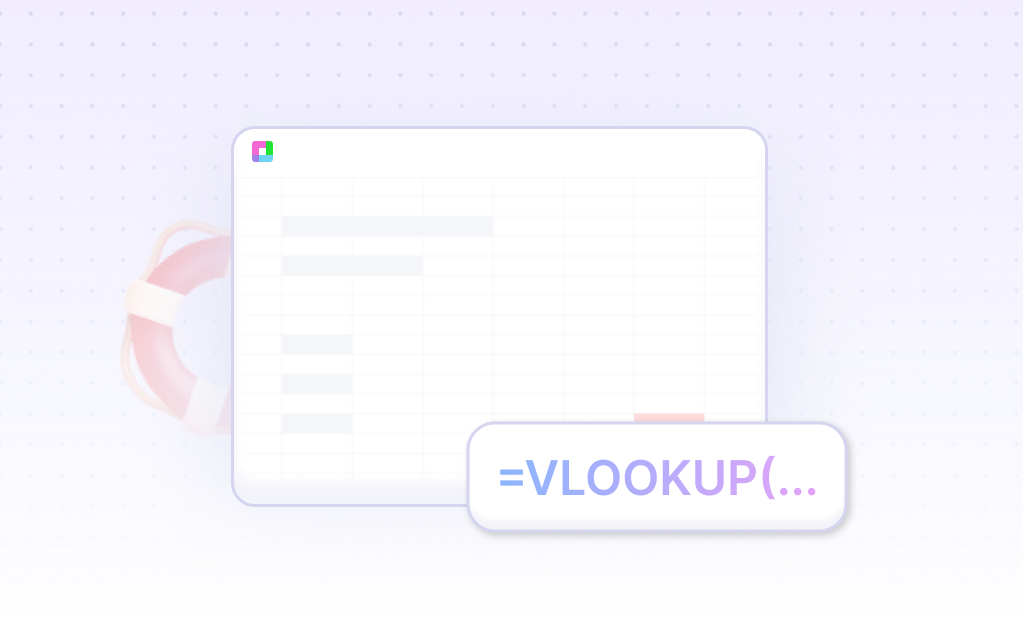
Model Leveraged Buyout Transactions with Professional Precision
Leveraged buyout (LBO) modeling is essential for private equity transactions, requiring detailed analysis of debt capacity, equity returns, and transaction structure. Our LBO Model template provides comprehensive tools to evaluate buyout opportunities, model debt structures, calculate IRRs, and assess investment returns with institutional-quality analysis.
From transaction modeling to exit analysis, build robust LBO models with professional-grade financial projections. Built for private equity professionals, investment bankers, and corporate development teams, this template helps you evaluate transactions, optimize capital structure, and maximize equity returns.
Comprehensive Transaction Modeling & Structure
Purchase Price & Valuation
Model purchase price determination using multiple valuation methods including DCF, comparable company analysis, and precedent transactions. Calculate enterprise value, equity value, and transaction multiples.
Sources & Uses of Funds
Build detailed sources and uses analysis showing equity contribution, debt financing, and transaction costs. Model different financing scenarios and optimal capital structure for maximum returns.
Debt Structure & Capacity
Analyze debt capacity using cash flow coverage ratios, leverage multiples, and asset-based lending. Model different debt tranches including senior debt, mezzanine, and other financing structures.
Transaction Assumptions
Input key transaction assumptions including purchase multiple, debt/equity mix, financing costs, and exit assumptions. Perform sensitivity analysis on critical transaction parameters.
Operating Performance & Cash Flow Analysis
Revenue & Growth Projections
Project revenue growth using detailed operational drivers, market analysis, and value creation initiatives. Model organic growth, acquisitions, and operational improvements under private equity ownership.
EBITDA & Margin Analysis
Forecast EBITDA growth through operational improvements, cost synergies, and margin expansion. Model the impact of management initiatives and private equity value creation strategies.
Working Capital & CapEx
Project working capital requirements and capital expenditure needs based on business growth and operational efficiency initiatives. Model cash conversion and free cash flow generation.
Debt Service Coverage
Calculate debt service coverage ratios, interest coverage, and leverage metrics throughout the holding period. Ensure adequate cash flow to service debt obligations and maintain financial flexibility.
Frequently Asked Questions
What debt-to-equity ratio should I use?
The template provides industry-specific guidance on optimal leverage levels, typically ranging from 3-6x EBITDA depending on industry, cash flow stability, and market conditions. It includes sensitivity analysis to optimize the capital structure.
How do I model management equity participation?
The template includes management equity modeling with option pools, vesting schedules, and equity waterfall calculations. It shows the impact of management participation on sponsor returns and alignment incentives.
What exit multiples should I assume?
The template uses multiple exit scenarios including strategic sale, IPO, and secondary buyout. It provides market-based exit multiple guidance and sensitivity analysis on exit timing and valuation assumptions.
How does it handle different debt tranches?
The template models senior debt, subordinated debt, and mezzanine financing with different pricing, covenants, and repayment terms. It includes cash flow priority and debt paydown schedules.
Can it model dividend recapitalizations?
Yes, the template includes dividend recapitalization modeling with refinancing scenarios, additional leverage capacity, and the impact on equity returns. It analyzes the timing and feasibility of dividend distributions.
Related Financial Models
Connect your most-used data sources and tools to Sourcetable for seamless analysis.
Frequently Asked Questions
If you question is not covered here, you can contact our team.
Contact Us





